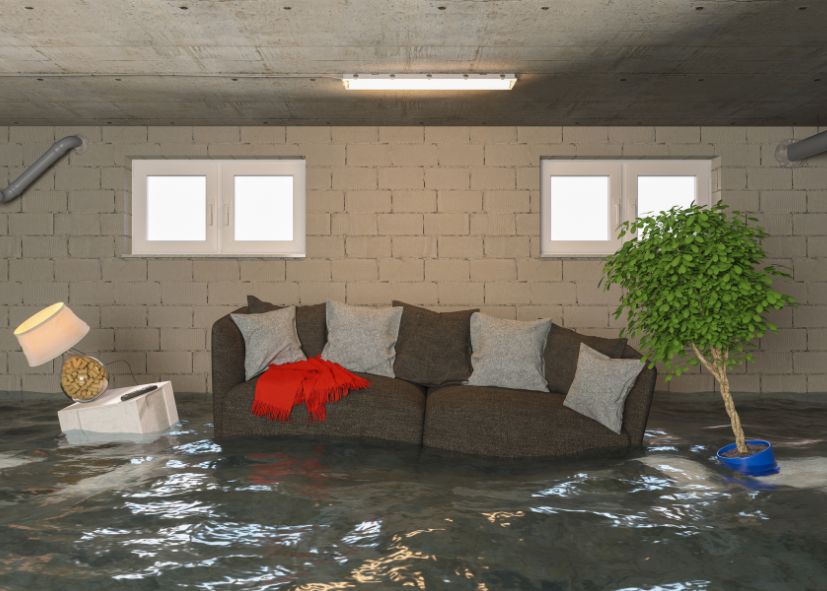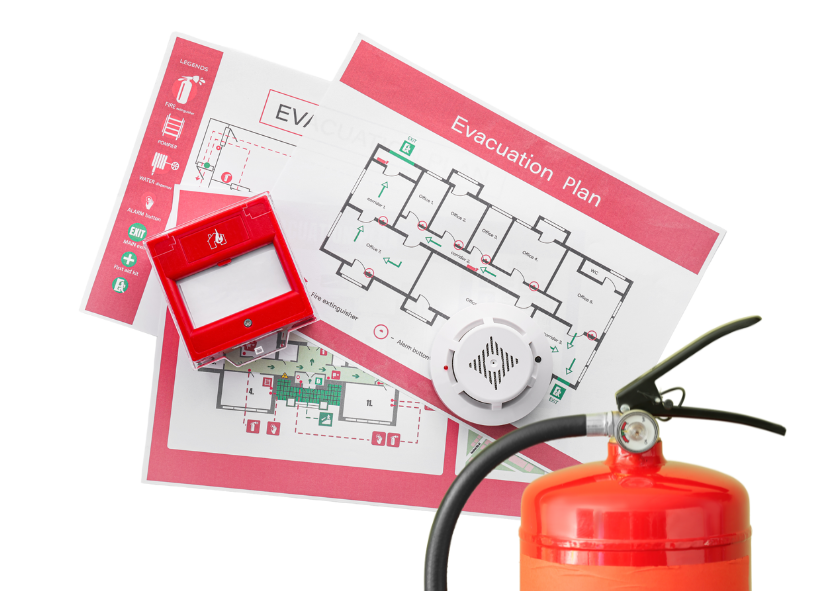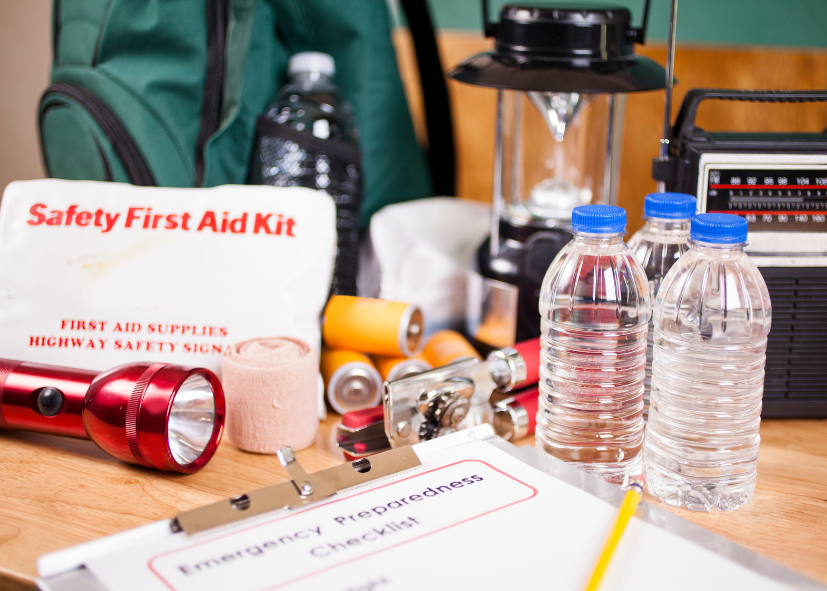Your Cart is Empty
Call, Text or Chat Mon-Friday 10AM-5PM CST : 1-844-WILDOAK
Menu
-
- Deals & Promos
- Homesteading
- Living Off The Grid
- Off Grid Toilet
- Composting Toilets
- Incinerating Toilet
- Chicken Coops
- Greenhouses
- DIY Shed Kits
- Barndominium Kit
- Garage Kits
- Poultry Processing
- Dog Kennels
- BeeKeeping
- EMP & Signal Protection
- Emergency Food Kits
- Freeze Dryers
- Solar Generators, Panels and Batteries
- Solar Fridge & Freezers
- Propane Wall Heater
- Water Filtration
- Coolers and Cooking
- Gazebos
- Portable Sauna
- Camping Cot
- Hunting Blind
- Canvas Tents
- Prepping
- Overlanding Gear
- Composting Toilets
- Solar Generators
- Brands
- Chicken Coop Brands
- Composting Toilet Brands
- Solar Brands
- Food Storage Brands
- Freeze Dryer Brands
- Water Filtration Brands
- Incinerating Toilet
- Dry Flush Toilet Brands
- Waterless Toilet Brands
- Heater Brands
- EMP Shield Brands
- Tent Brands
- Cot Brands
- Cooler Brands
- Stove & Grill Brands
- Dog Kennels
- Greenhouse & Gazebo Brands
- Portable Saunas
- DIY Shed Kits
- About Us
- Resource Center
- The Ultimate Prepper & Emergency Survival Blog - Includes Free eBook
- Beginners Guide to Living off The Grid - Includes Free eBook
- Building Your Own Emergency Food Supply
- Best Survival Food to Be Prepared for Anything
- Berkey Lab Tests & Certifications
- Federal Solar Tax Credit - What You Need to Know
- BLOG
-
- 1-844-945-3625
- Login

Call, Text or Chat Mon-Friday 10AM-5PM CST : 1-844-WILDOAK
Flood Preparedness: Being Prepared Can Save Lives
by Patricia Turla 6 min read
A flood occurs anywhere, from coastal storms to heavy inland rains, and can develop slowly or suddenly as a flash flood. The unpredictability and sheer force of water make thorough preparation essential.
Proper flood preparedness reduces flood damage and ensures your family remains safe during storm surges or heavy rainfalls. By understanding flood risks and taking proactive steps, you can protect your home and loved ones from the ravages of floodwaters.
Summary
Flood Warning and Alert
Flood warnings alert you to potential or imminent flooding. Types include flood watch (possible flooding), flood warning (flooding is happening or imminent), flash flood warning (immediate danger), and flash flood watch (conditions are favorable for flash floods). Be prepared to act quickly and move to higher ground.
Preparing for Floods
Key steps include creating an evacuation plan, assembling an emergency kit, securing flood insurance, protecting electrical appliances, securing your home, and planning for pets. Preparation reduces flood damage and ensures safety.
Developing an Effective Evacuation Plan
Know safe routes and destinations, establish a family communication plan, and practice evacuation drills regularly. This preparation helps prevent injuries and ensures quick, safe evacuation during floods.
Essential Tools and Supplies for Flood Preparedness
Have an emergency kit with first aid supplies, non-perishable food, water, flashlights, batteries, a NOAA weather radio, clothing, and blankets. Consider an emergency raft and portable generator for added safety and mobility during severe flooding.
Table of Contents
Flood Warning and Alert

A flood warning is an alert issued by weather agencies to inform the public about the potential for flooding. These warnings are essential for flood preparedness and can help you take necessary actions to protect yourself and your property.
-
Flood Watch: Think of it as a heads-up that flooding might happen. During a flood watch, you should monitor weather forecasts, check your emergency supplies, and be ready to act if conditions worsen.
-
Flood Warning: When a flood risk warning is issued, it means flooding is imminent or already happening in your area. It is the time to take immediate action to protect yourself and your property. Move to higher ground, avoid the flood-prone area, and follow the instructions of local officials.
-
Flash Flood Warning: Flash floods occur suddenly and with little warning, often due to heavy rainfall or rapid snowmelt. A flash flood alert means you need to seek higher ground immediately. Flash floods are extremely dangerous because they develop quickly and can carry fast-moving floodwater and debris flows and even create landslides.
-
Flash Flood Watch: Indicates that conditions are right for flash floods to develop. Stay alert, keep an eye on the weather, and be prepared to move to higher ground immediately if a flash flood advisory is issued.
Preparing for Floods
Below are some essential steps for flood response and preparedness:
-
Create an Evacuation Plan: Know your evacuation routes and have a plan in place for moving to higher ground or a designated safe area. Share this plan with all family members.
-
Assemble an Emergency Kit: Your emergency kit should include important documents, medication, food, water, flashlights, batteries, and other essentials that you might need if you have to evacuate.
-
Flood Insurance: Consider getting flood insurance through the National Flood Insurance Program. Standard homeowners insurance typically does not cover flooding, so additional coverage is essential for protecting your property.
-
Protect Electrical Appliances: Elevate electrical supplies and appliances to prevent damage from floodwaters. Never touch electrical equipment if you are wet or standing in water.
-
Secure Your Home: Install sump pumps with battery backup, seal walls in basements with waterproofing compounds, and keep gutters and drains clear of debris to reduce the risk of flood damage.
-
Plan for Pets: Include your pets in your evacuation plan. Make sure you have food, water, and any necessary medication for them as well.
Developing an Effective Evacuation Plan

Knowing what to do and where to go when a flood alert is issued helps prevent injuries and ensures that you and your loved ones reach safe ground quickly.
Identify Safe Routes and Destinations
When a flood occurs, you need to know the quickest way to a higher area immediately. Research local evacuation routes and mark them clearly on a map. Choose a safe destination on higher ground, such as a friend’s or family member’s house, an emergency shelter, or a designated community safe zone.
Establish a Communication Plan for Family Members
Set a communication plan to keep in touch with family members. Designate a meeting point and ensure everyone knows how to reach it. Keep a list of important contacts, including emergency services, healthcare providers, and the National Flood Insurance Program (NFIP) for flood insurance claims.
Practice Evacuation Drills Regularly
Regular practice is essential. Conduct evacuation drills with your family at least twice a year. These drills should simulate different scenarios, such as a sudden flash flood or a gradual rise in water levels.
Stay Informed
Keeping yourself updated minimizes flood damage to your property and ensures your safety. To be informed, do the following:
-
Monitor Weather Forecasts: Regularly check weather forecasts from reliable sources such as the NOAA Weather Radio, local news stations, or weather apps. These forecasts can give you advanced notice of potential flooding.
-
Use Emergency Alert Systems: Sign up for emergency alerts from local authorities. These alerts can provide real-time information about surge risks and evacuation instructions.
-
Follow Local News: Keep an eye on local news channels for the latest updates on flood conditions and any emergency measures being implemented in your area.
-
Weather Apps: Install weather apps on your smartphone that can send push notifications about severe weather conditions, including surge warnings.
-
Social Media: Follow local government and emergency management agencies on social media for up-to-the-minute updates and flood preparedness tips.
Essential Tools and Supplies for Flood Preparedness

The following are essential tools and supplies you need to stay safe and resilient in the face of flash flooding.
Emergency Kit Essentials
A well-prepared emergency kit should be able to sustain you for at least 72 hours.
-
First Aid Kit: Ensure it’s stocked with bandages, antiseptics, pain relievers, and any prescription medications.
-
Non-perishable Food: Canned goods, energy bars, and dried fruits are ideal.
-
Water: Store at least one gallon of drinking water per person per day.
-
Flashlights and Batteries: Essential for navigating dark, flooded areas when the power is out.
-
NOAA Weather Radio: A battery-operated or hand-crank radio can keep you informed about flash flood warnings and updates from local officials.
-
Clothing and Blankets: Dry clothing, rain gear, and blankets are essential to stay warm and dry.
Emergency Raft
Having an inflatable raft can be a necessary element of your flood preparedness plan due to the following:
-
Versatility and Mobility: In severe flooding, it provides a means to navigate fast-moving floodwaters safely.
-
Evacuation Aid: During flash flooding or storm surges, an emergency raft can help you and your family reach higher areas immediately.
-
Safety: Flotation devices like life vests can prevent injuries and save lives in situations where you might need to wade through water.
Portable Generator
A small portable generator can make a difference:
-
Power Supply: When electronics fail, a generator can keep essential devices like your NOAA weather radio, mobile phones, and lights operational.
-
Basic Needs: It can power small appliances, ensuring you have access to food and water. In flooded areas, keeping perishable food safe and preparing meals can be challenging without electricity.
-
Medical Support: For those who rely on electrical medical care equipment, a generator can provide the necessary power to prevent a medical emergency.
-
Further Care Instructions: After a temporary overflow, a generator can help with cleanup efforts, providing power to tools and devices that can help prevent mold growth and address flood damage.
Conclusion
Understanding surge risks, creating an effective response plan, and ensuring adequate insurance coverage mitigate the impact of floods and keep your family safe. Stay knowledgeable, take proactive measures, and be ready to act when the waters rise.

Have any questions or would like to place an order? We'd love to help! Chat with our friendly customer service team by calling 1-844-945-3625, chatting in on our website or email us at customersupport@wildoaktrail.com. We look forward to hearing from you!
Leave a comment
Comments will be approved before showing up.
